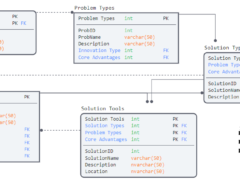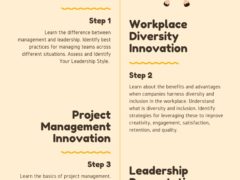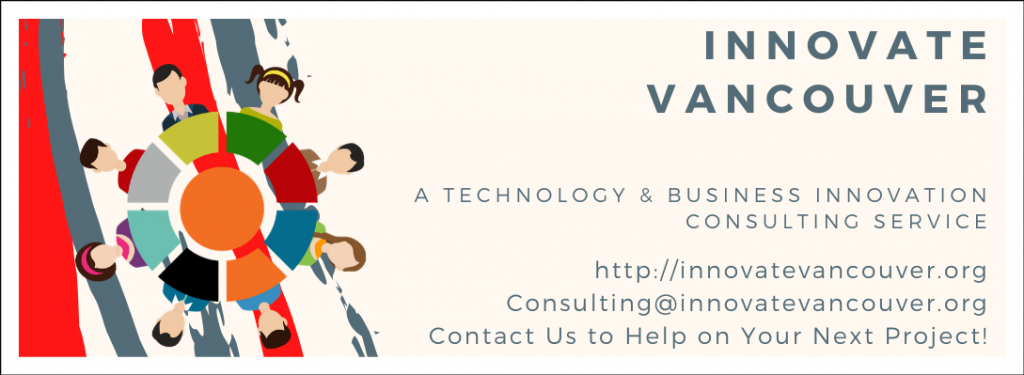Business culture is not a discrete entity but includes the unique cultures that live in breathe in each department, supply chain, channel, and team. To walk across a distributed business is often to walk through several

unique cultures that are made up of a composite of values, beliefs, traditions, experiences, and assumptions. These unique cultures are influenced by both pedagogical and functional vectors and should not be underestimated as they can decide the success or failure of the projects assigned.
Projects also have unique cultures and this changes as the mandate, technology, stakeholders, and resources are shifted.
A project that is successful when assigned to a specific team or department may be unsuccessful if assigned to another. This is not necessarily a result of differences in project management skills but a result of changes in the following:
- Values
- Beliefs
- Assumptions
- Traditions, &
- Level of Commitment
The likelihood of a project performing poorly is heightened as one considers the complexity of the five process groups (initiation, planning, execution, controlling & monitoring, closeout) as well as the tools needed to carry out them:
- Requirements Management
- Communications & Stakeholder Management
- Risk Management
- Change Management
- Evaluation & Reporting
- Scope Management, etc.
The tools of project management require a significant commitment in order to deliver consistent value. Adoption should not occur unless an adequate foundation exists to support their use.
Company’s often adopt project management tools with the hope that it will give them the silver bullet needed to solve past and current performance issues. The problem with this assumption is highlighted in Peter Drucker’s insight that “culture eats strategy for breakfast.”
Business culture determines whether a strategy, tool, technology, or human resource asset will be successful.
Project management is thus not the quick fix that companies are hoping for. Interventions to change the business culture are hard to implement and even more difficult to sustain. This is highlighted when one considers the following questions:
- Why do we do things the way we do?
- What would be the result of doing things differently?

The business culture often eludes description and its fluid nature makes it difficult to change.
Most business models under-perform. What this means is that the vision imbued into how the business model is structured is often found imperfect in the last results. The quick solutions originally implemented to resolve a crisis, or mitigate a symptom, have now become permanent fixtures of the business model culture. The solutions of the past are now the problems of the present but to ‘remove’ these would create a flood of new problems. The competencies, tools, and resources needed to solve the old problems were never developed.
In a contract based relationships the project management competencies need to be mirrored in both the contracting and purchasing companies to support the planning, delivery, and acquisition of deliverables.
Project managers are hired but the tools fail to solve the original cause of the problem: The business culture. After all, we already know we can achieve more as a team than as an individual and yet continue to struggle with this notion when evaluating problems & designing interventions. When evaluating ‘business model culture to project performance-fit’ a system’s approach is needed.

The above project culture audit matrix can be used to check if the tools, resources, and project culture’s environment is sufficiently aligned to support success. The matrix uses a systems thinking approach that seeks to integrate the PMBOK process groups, RACI matrix, project requirements, PMBOK deliverables, and the necessary core competencies to be successful:
- 1st Column (Process Groups): Lists the PMBOK Process Groups
- Top Row (RACI): Lists the five foundational questions needed to build an effective project culture.
- Bottom Row (Requirements): Highlights the needs for alignment between the requirements, tools, and structure to support project success.
- Last Column (Core Competencies): Identifies key project drivers
- Diagonal Row (PMBOK Deliverables): Provides questions to help integrate the other questions and vectors identified throughout the matrix.
Project success depends on the combined tools, resources, strategies, and human resource assets and yet when performance deteriorates the intervention often focuses on what the project manager is doing. Instead, a more systemic view is needed that takes into consideration the composite alignment of all tools, assets, and resources assigned to the project.
How is your team evaluating project performance? Evaluate and respond to performance barriers? How do you know if your company is truly committed to project management? Share your comments below.
Travis Barker, MPA GCPM
Innovate Vancouver
Innovate Vancouver is a business development & consulting service and technology startup located in Vancouver, BC. Contact Innovate Vancouver to help with your new project. Innovate Vancouver also gives back to the community through business consulting services. Contact us for more details.




